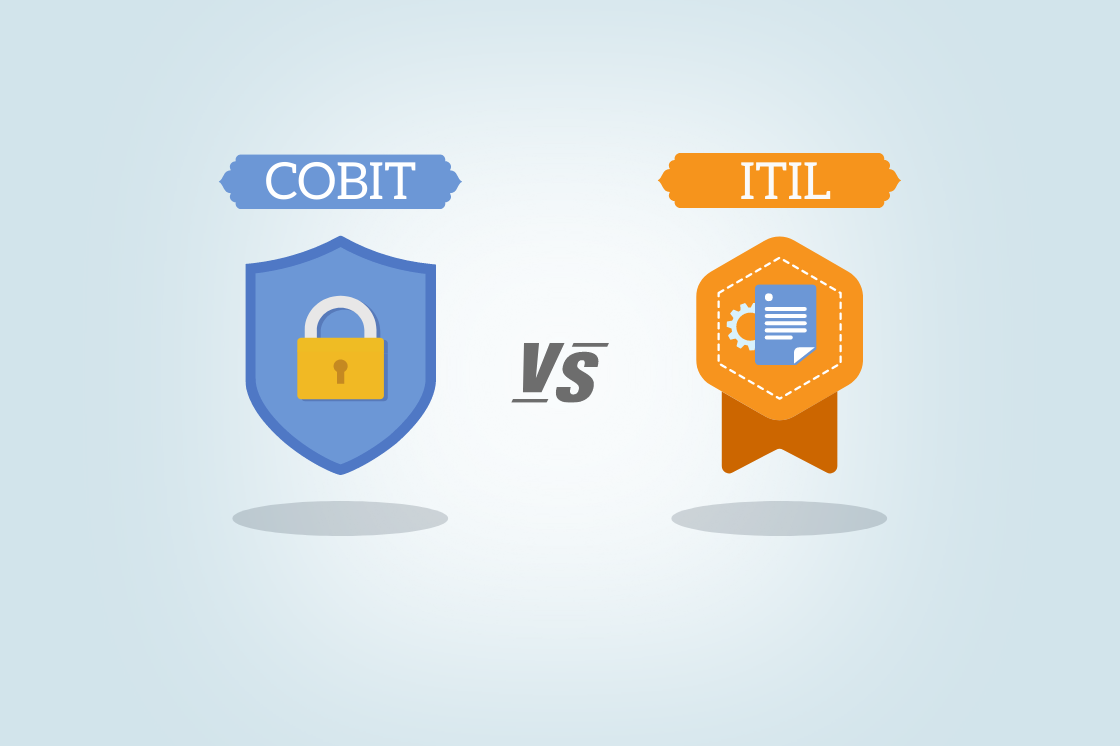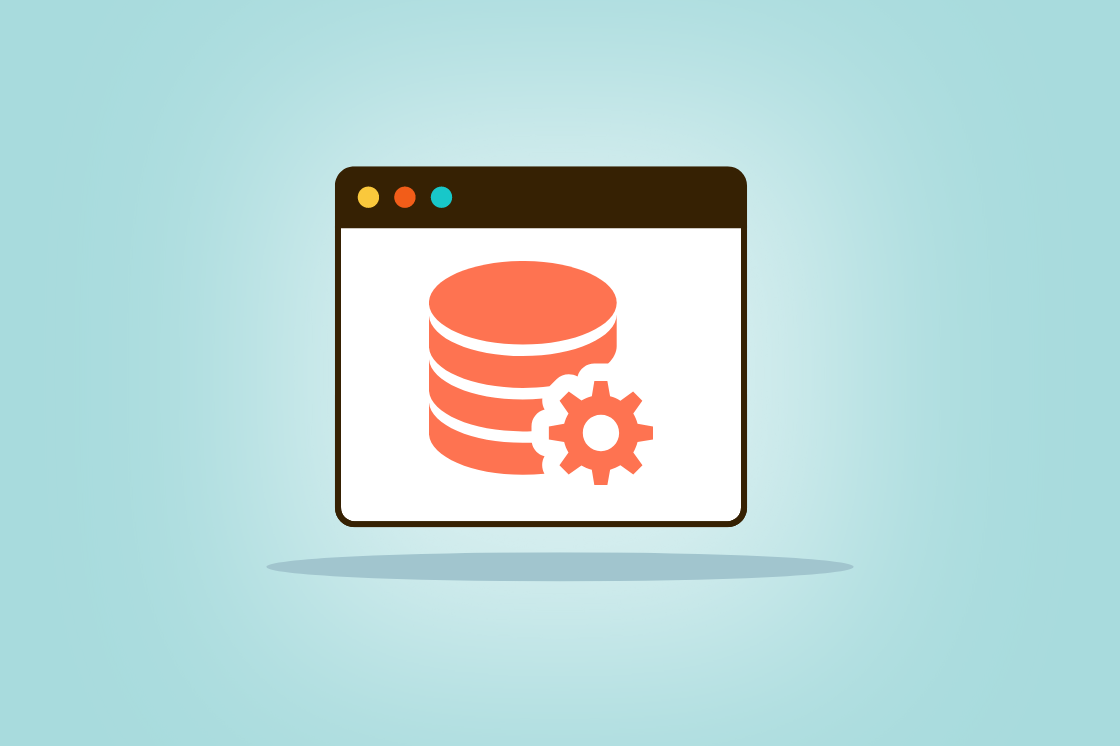The Urgency of Cybersecurity Supply Chain Risk Management
Today’s businesses are more connected than ever. Many rely heavily on third-party vendors—like SaaS providers, managed service partners, outsourcing firms, and other strategic allies—to keep things running smoothly. While this approach offers incredible flexibility and cost savings, it also opens up new risks.
Organizations are increasingly dependent on their suppliers and partners.
If a partner experiences a cybersecurity breach, it can quickly impact your systems, data, and reputation - potentially causing significant or even permanent damage. That’s why supply chain risk management is no longer optional; it’s essential.
Your organization’s resilience depends on integrating your vendors into your overall security strategy.
In this post, I’ll explain why this matters more than ever, how to approach it using proven frameworks like the NIST Cybersecurity Framework, and best practices in ITSM to keep your supply chain safe and secure.
Why Are Supply Chain Risks a Growing Concern?
Consider the external services you rely on daily. SaaS applications host your data and apps; outsourced IT teams manage your infrastructure; vendors handle critical functions like payroll and logistics. When these third parties aren’t secure, your organization becomes vulnerable.
Think about the SolarWinds incident in 2020—attackers compromised a popular software provider, and their malicious code spread to thousands of companies and government agencies. That attack highlighted how a single weak link can cause widespread damage. Increasingly, attackers target supply chains because it’s an efficient way to infiltrate multiple organizations at once.
Another recent example is the CrowdStrike incident on July 19, 2024. An update intended to improve security caused a major disruption—affecting roughly 8.5 million Windows devices worldwide. This update led to "Blue Screen of Death" errors and disrupted operations across industries like airlines, finance, and healthcare.
Like SolarWinds, this incident shows how a single vulnerability—here, a faulty software update—can have far-reaching consequences. It also demonstrates that hackers are always looking for weaknesses in trusted systems to gain access and cause widespread damage.
Because of this, it’s crucial to understand and manage these risks proactively, rather than just reacting after something goes wrong.
A Framework to Guide Your Efforts: NIST Cybersecurity Framework
One of the best ways to structure your approach is following the NIST Cybersecurity Framework (CSF). It’s flexible and widely used because it walks you through six key functions:
- Identify your IT assets, suppliers and risks
- Protect yourself with security controls,
- Detect suspicious activity early,
- Respond quickly if security incidents are detected,
- Recover and restore operations after an incident,
- Govern your cybersecurity with policies, ITSM processes, and controls.
Applying this specifically to supply chain risk management means mapping out your vendors, understanding their vulnerabilities, setting clear security expectations, and monitoring their activities continuously. This systematic approach helps you prevent incidents rather than just cleaning up afterward.
ITSM Processes as the Backbone of the NIST Cybersecurity Framework
While all ITSM processes support cybersecurity, two core disciplines—IT Asset Management (ITAM) and IT Supplier Management—play vital roles in your supply chain security.
IT Asset Management is about knowing exactly what technology assets you have, where they are, and who is responsible for them. With a solid inventory, you can quickly see which vendors are responsible for which assets, identify outdated or unsupported equipment, and prioritize areas that need strengthening. Proper asset management makes it easier to assess risks, hold vendors accountable and improve supply chain risk management.
Supplier Management is about having structured processes to onboard, monitor, and manage your vendors. It makes sure security expectations are clear, and it helps spot any issues early on. If something suspicious happens, good supplier management makes it easier to act fast and respond effectively. This process is foundational to supply chain risk management.
Both these processes are essential—they work together to keep your organization secure, respond quickly to problems, and stay ahead of threats.
Practical Steps You Can Take to Improve Supply Chain Risk Management
- Thorough Vendor Due Diligence: Before working with any new partner, assess their security posture. Review their security policies, compliance certifications, and incident history. Make sure they meet your organization’s security standards.
- Clear, Enforceable Contracts: Define security expectations upfront—their controls, incident reporting obligations, and compliance requirements. Clear contractual language ensures accountability.
- Continuous Monitoring and Assessment: Don’t just review once; keep an eye on your vendors. Use tools like security dashboards, threat intelligence feeds, assessments, and automated alerts to spot and respond to issues quickly.
- Focus on People & Process: Leverage your people and ITSM processes to track vendor assets, monitor service levels, and enforce security policies. This holistic view helps you prioritize risks and address vulnerabilities before they’re exploited.
- Incident Response Planning: Develop specific plans for supply chain incidents. Practice with tabletop exercises involving your vendors so everyone knows what to do if a breach occurs.
- Foster Collaboration with Vendors: Work closely with your suppliers to improve their security practices. Share best practices, and support them in achieving higher security maturity.
Making Supply Chain Risk Management Part of Your Strategy
Getting your supply chain security right isn’t a one-and-done project. It requires ongoing effort, buy-in from leadership, and collaboration across teams—IT, security, procurement, legal, and executive management alike.
Here’s how you can ensure supply chain risk management becomes an integral part of your organization’s security stance:
- Map Your Entire Supply Chain: Create a comprehensive list of all your third-party vendors, from major providers to minor contractors. Understand what systems, data, or services they handle and how critical they are to your operations.
- Assess and Prioritize Risks: Not all vendors pose the same level of threat. Use risk assessment tools aligned with frameworks like the NIST CSF to identify which relationships need more oversight and security controls.
- Integrate With Your Existing Processes: Use your existing IT Asset Management (ITAM) and IT Service Management (ITSM) tools to track third-party assets, monitor contractual obligations, and automate routine security checks.
- Establish Governance and Accountability: Set up cross-functional teams responsible for vendor security. Regularly review vendor performance, compliance, and risk posture, and hold vendors accountable through contractual obligations.
- Ongoing supply chain risk management: Don’t just assess them initially—work collaboratively to strengthen their security practices. Offer guidance, share threat intelligence, and encourage continuous improvement.
- Use Automation, Monitoring, and Assessments: Leverage technology—such as continuous monitoring platforms, automated compliance checks, and threat detection tools—to stay ahead of potential issues. Include your partners in cybersecurity assessments.
The Business Impact of Strong Supply Chain Risk Management
Many organizations hesitate to invest heavily in third-party security, but the costs of neglecting it can be staggering - including data breaches, operational shutdowns, hefty regulatory penalties, damage to reputation, and even the permanent shutdown of your business.
On the other hand, organizations that actively manage their supply chain risks build trust with customers, meet legal requirements more easily, and build operational resilience against cyber threats, and other risks.
In today’s environment, being proactive isn’t just best practice—it’s a business necessity.
If you want to safeguard your organization and enhance your resilience, integrating your supply chain into your cybersecurity program must be a top priority.
Final Thoughts on Supply Chain Risk Management
Our world is increasingly interconnected, and your supply chain is a vulnerable piece of that puzzle. Cybercriminals are aware of this, and they’re targeting vendors as easier entry points into organizations. The good news is that with the right framework, tools, and mindset, you can significantly reduce these risks.
Use the NIST Cybersecurity Framework to guide your efforts, maintain a precise inventory of your assets through ITAM, streamline your processes with ITSM, foster close collaboration with your vendors and continuously assess risk. The result will be a stronger, more resilient organization capable of weathering the storm of today’s cyber threats.
Don’t wait for a breach to take action. Start now—map your supply chain, assess your risks, and strengthen your defenses from the inside out. Your organization’s security depends on it.


